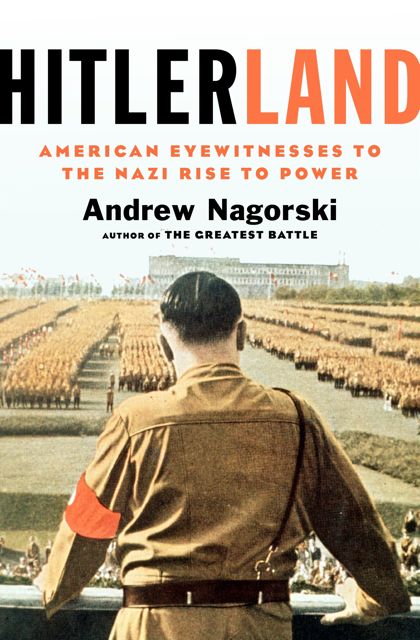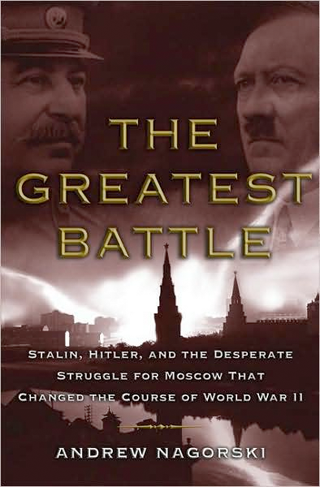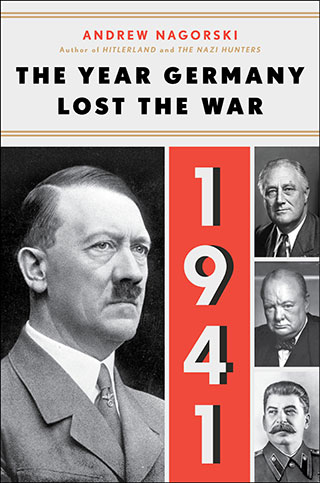The famous psychoanalyst had been blind to his mounting danger. Patients and colleagues came to his rescue.
Andrew Nagorski’s absorbing chronicle of Sigmund Freud’s harrowing escape from Nazi occupied Vienna, “Saving Freud: The Rescuers Who Brought Him to Freedom,” is an insight-filled group portrait of the founder of psychoanalysis and his followers. It is also a psychobiographical thriller about the limits of genius.
Mr. Nagorski, the author of several books about Hitler and Nazi Europe, opens his account in mid-March 1938, shortly after the Nazi annexation of Austria. Freud, 81, is ailing from cancer of the jaw. But it is not only his physical frailty that has him trapped inside the Vienna home that he and his family have inhabited for 47 years. And it is not only the Freuds, but all of Austria’s Jews, who are now endangered by the new Nazi government’s anti-Jewish policies. With the streets of Vienna filled with jubilant Nazi supporters hailing Hitler’s Anschluss, thugs freely loot Jewish stores, deface synagogues and attack Jews at random.
Remaining indoors would prove hardly safer. Armed Nazi soldiers are soon banging on their door, and although Freud’s wife, Martha, psychologically disarms them by graciously inviting them inside and voluntarily handing over all their household cash, it is far from the Freuds’ last encounter with official intimidation. Nazi soldiers also visit the offices of Freud’s nearby publishing house, where they hold Freud’s son Martin at gunpoint while ransacking the place. Other Nazis arrest Freud’s daughter Anna; as they escort her to Gestapo headquarters, she carries with her a fatal dose of the barbiturate Veronal, which she would rather take than endure torture.
Against this backdrop, the odds of Freud and his family securing safe passage from Nazi Austria are incalculably slim. But that does not deter a core group of followers from coming to his rescue, risking their political capital, personal wealth and physical safety to deliver him to London.
Their audaciously valiant effort makes for compelling reading. Still, a highly inconvenient question looms. As Mr. Nagorski writes, “Freud should have been uniquely qualified to understand the dark forces propelling his world to mass murder and destruction.” And yet, from Hitler’s rise to power in 1933 onward, Freud consistently rejected and ignored the pleas from friends and colleagues to flee. He was too old, too ill, too dependent on his home comforts and his physicians, he argued, to ever leave Vienna. Besides, he rationalized, Austria would never come under German rule—and even if it did, the Austrians would never treat the Jews as brutally as the Germans did.
His stance, which combined wishful thinking with a self-absorbed focus on his own physical condition (never mind the safety of his family members), is a baffling conundrum. Was Freud’s political blindness, as Mr. Nagorski calls it, also a form of personal blindness, symptomatic of the same neurotic patterns he is famous for identifying: ambivalence, denial, narcissism? Or perhaps we’re the ones harboring irrational assumptions: Why should being a genius in the science of the mind guarantee expertise in the unrelated discipline of political science?
It was Freud’s good fortune that his most trusted intimates perceived the extreme dangers he still struggled to acknowledge. Moreover, they had the political clout and the psychological skill to pull off the delicate intervention that would not only persuade Freud to leave Austria, but also convince Hitler to let him go.
Chief among Freud’s rescuers was the Welsh neurologist and psychoanalyst Ernest Jones (1879-1958), best remembered today as Freud’s official biographer. Early in Jones’s career, he earned a reputation as a romantic charmer prone to scandal, but was also a tireless promoter of Freud’s ideas throughout North America and Europe. As soon as he learned that Hitler had entered Austria, Jones flew to Vienna from his home in London to beg Freud to flee at once, and used every connection he had to bend British immigration rules and gain entry permits for the Freud family.
Marie Bonaparte (1882-1962), the great-grandniece of Napoleon, and the wife of Prince George of Greece and Denmark, had been Freud’s patient before she herself became a psychoanalyst and dedicated member of his inner circle. She, too, rushed to Vienna to be with Freud, volunteering her own funds to pay the exorbitant “flight tax” the Nazis demanded of anyone who sought to leave the Reich.
The American diplomat William C. Bullitt Jr. (1891-1967) had also been Freud’s patient for a time in the 1920s, but their friendship developed later, through their collaboration on a psychobiography of President Woodrow Wilson, whom they blamed for what they considered to be the catastrophic terms of the Treaty of Versailles. (When the book was finally published in 1966, it was universally panned.) As America’s ambassador to France, Bullitt made sure Hitler knew the Americans had a keen interest in seeing the safe release of Freud and his family.
Mr. Nagorski further includes in the rescue squad Freud’s exceptionally loyal personal physician, Max Schur, who delayed his own departure from Vienna with his family until Freud left, and Anton Sauerwald, the Nazi bureaucrat charged with tracking and seizing all of Freud’s assets. In spite of his starkly anti-Semitic attitudes, Sauerwald did not reveal to his Nazi bosses that he had found evidence of the family’s hidden foreign holdings, and signed their exit visas without exposing information that could have detained them indefinitely.
But it was only after the ordeal of Freud’s daughter Anna (1894-1982)—his indispensable companion and colleague, who ministered to all his medical needs while managing her own pioneering practice as a child psychoanalyst—that Freud finally agreed to leave Vienna. After she returned home from her hourslong grilling by the Gestapo, her anxious father realized, Mr. Nagorski writes, “that he had to flee if at all possible, mainly for the sake of Anna who had so much longer to live—and who would not leave him under any circumstances.” Freud and his family arrived in London on June 6, 1938; he died there on Sept. 23, 1939, mere weeks after the outbreak of World War II.
For all its drama, Freud’s rescue was a one-off affair. Immigration quotas in Great Britain and the U.S. remained inflexibly tight. Countless others in need of refuge, including four of Freud’s sisters, would be murdered in the Holocaust.
Freud himself was saved—and through Anna, his legacy was preserved. But this final chapter of his life remains an unsettling story that defies analysis.
Ms. Cole is the author of the memoir “After Great Pain: A New Life Emerges.”








